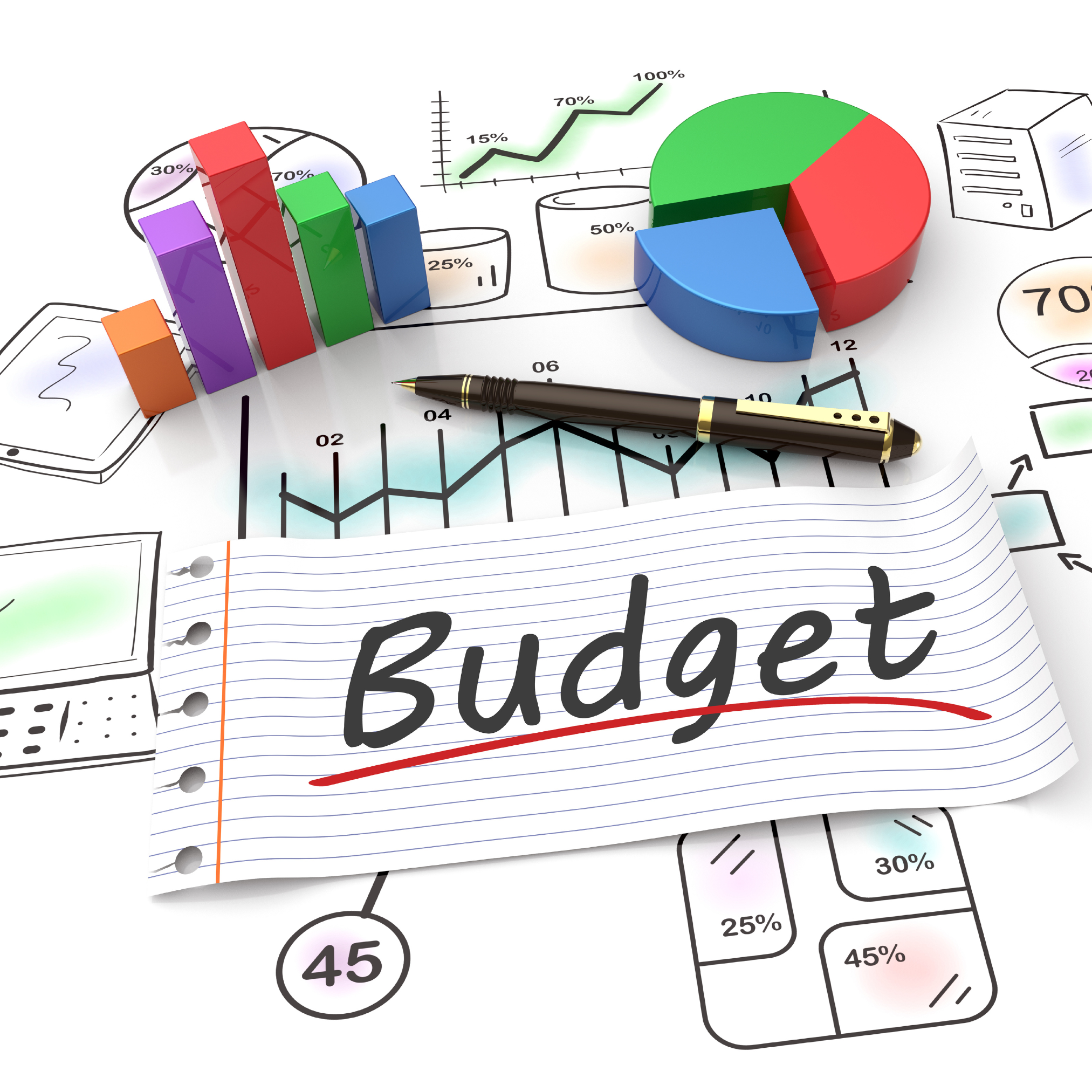Earned Value Management (EVM) is the ultimate project management technique. EVM allows project managers to accurately predict the final cost and schedule of a project and identify potential problems before they become serious. It also helps project managers to make better decisions about the project’s future by showing them how changes to the project plan will affect cost and schedule. With EVM, you’ll have all the information you need to make smart decisions and course-correct when necessary, so you can keep your project on track and deliver it on time and within budget. EVM is the key to unlocking the full potential of your project and achieving success.
Earned Value Management (EVM) gives you a glimpse into the future by allowing managers to forecast costs and schedules for upcoming projects. With EVM,you’ll be able to identify variances in cost and schedule early on, giving you the power to take corrective actions before it’s too late. It’s like having a built-in early warning system. Not only that, but EVM also helps you make accurate predictions for project completion and final costs. Plus, EVM helps you determine the value of work completed, so you can make informed decisions that will keep your project on track and on budget. With EVM, you’ll have the power to predict the future and make it work in your favor.

Table of Contents
Step-by-step guide to using Earned Value Management
Common pitfalls of Earned Value Management
A Summary of Using Earned Value Management for Project Success
A step-by-step guide to using earned value management
Step 1: Setting up an earned value management system
When it comes to managing projects, organization is key. That’s why, when it comes to using Earned Value Management, the first step is to get your ducks in a row. This means thinking about what metrics will be most useful in measuring progress and performance. This will give you a clear picture of what success looks like and where you should focus your efforts.
Some popular metrics include planned value (PV), earned value (EV), and actual cost (AC). These metrics provide a comprehensive view of the project and help you identify areas where you’re on track and where you may be falling behind. But the most important thing is to choose the metrics most relevant to your specific project that can be easily understood and tracked by everyone on your team.
Once your metrics and objectives are established, it’s time to set up a system for collecting and analyzing data. This can include software tools, spreadsheets, or other forms of data tracking. The important thing is that it’s a system that works for your team and provides accurate and timely data.
Step 2: Establishing baselines
When it comes to using Earned Value Management, having a strong foundation is key. Think of it like setting the starting line for your project’s marathon – you need to clearly understand where you’re starting from to know how far you’ve come.
Creating baselines is the first step in building that foundation. This includes determining your project’s final budget (BAC) and giving you a clear picture of your financial resources. You’ll also want to establish your project planned value (PV) at the beginning of the project, which will act as a roadmap for your journey ahead.
But it’s not just about setting these baselines – they need to be realistic, clear, and measurable. It’s important that all team members understand and agree on these baselines so that everyone is working towards the same goal. Without them, tracking progress and performance and making informed decisions about the project can be difficult.
By establishing a solid project baseline, you’ll be able to use Earned Value Management more effectively and ultimately improve the efficiency and success of your projects.
Step 3: Tracking performance
With your Earned Value Management system in place and baselines established, it’s time to track your project’s performance like a pro. Imagine having the power to see where a project stands at any point in time and what actions are needed to bring it to completion. That’s exactly what tracking performance with EVM allows you to do. By constantly collecting data on actual costs and earned value and comparing it to your project’s planned value and budget, you can quickly identify any red flags and take corrective actions before they become major roadblocks. And as a cherry on top, this data also allows you to make better-informed decisions about resource allocation and project management and forecast future project costs and schedules. So, get ready to keep a keen eye on your project’s performance and make sure it stays on track.
Common pitfalls of earned value management
Not following through with regular updates
One of the biggest mistakes in using Earned Value Management is neglecting to keep the system up-to-date with accurate and current information. Without consistent updates, it becomes challenging to track the project’s progress and performance and promptly identify and solve any issues. This can result in delays and unexpected expenses. To prevent this problem, it’s vital to establish a routine for gathering and analyzing data and ensure that every team member knows how to update the system correctly.
Not accurately estimating resource requirements
Another big mistake you can make when using Earned Value Management is not being accurate with your resource estimates. If you’re not careful, you’ll either be left with too few resources or too many. This can have a major impact on your project’s performance and costs. If you underestimate your resource needs, you may find yourself running out of time and money or not being able to complete the project to the desired quality level. On the other hand, if you overestimate your resource needs, you’ll be wasting valuable resources that could have been allocated to other project areas.
The key to avoiding this pitfall is to be precise and realistic when estimating your resource needs. This means considering factors such as the project’s complexity, the team members’ skills and experience, and any external factors that may affect the project. To be even more precise, you can use tools such as Three-point estimation, PERT, and Monte Carlo simulation to calculate resource requirements more accurately.
And don’t forget to keep an eye on things and adjust your estimates as needed based on real-world data. This means constantly monitoring your progress and performance and comparing it to your resource estimates. If you’re using more or fewer resources than you expected, make the necessary adjustments as soon as possible. This will help you stay on track and avoid any costly surprises.
Not utilizing the available reports
Using Earned Value Management can be a game-changer for your projects. It provides a wealth of data and reports that allow you to track progress, forecast costs, and schedules, and make informed decisions. But, if you’re not taking full advantage of all this information, you’re not getting the most out of it. To truly make the most of EVM, it’s crucial to establish a regular process for reviewing and analyzing the data and reports and to ensure that your team members know how to use them to their full potential. By using the data and insights generated by EVM proactively and collaboratively, you’ll be able to optimize your project performance and achieve your objectives. So, don’t let all that valuable information go to waste; make sure you’re taking full advantage of Earned Value Management and its potential to supercharge your project success.

Bringing it all together: A summary of using earned value management for project success
Earned Value Management is a powerful technique for managing projects more efficiently and effectively. By using Earned Value Management, you can:
- Accurately track progress and performance on all project tasks, which helps you identify variances and take corrective action quickly.
- Establish clear and realistic resource estimates, which helps you avoid under or over-allocation of resources.
- Use detailed data and reports to make informed decisions about the project.
- Improve communication and collaboration among team members.
- Increase overall project performance.
To effectively use Earned Value Management, you should follow these steps:
- Set up the Earned Value Management system with the metrics of your choosing.
- Establish baselines for the project.
- Track performance by regularly updating data and analyzing the reports
- Avoid common pitfalls such as not following through with regular updates, not accurately estimating resource requirements, and not using the available reports.
- Continuously monitor and update the system for best results.
- Report to the project stakeholders and team members on how the project is progressing.
Earned Value Management is a powerful weapon in a project manager’s arsenal. By following the steps outlined in this article, you’ll be able to keep your projects running like a well-oiled machine. With the help of EVM, you’ll be able to keep an eye on progress, budget, performance, and total cost taking corrective actions when needed and ensuring that every project is completed on time and within budget.
Was this helpful?
Thanks! What made it helpful?
How could we improve this post?








